Dance Appreciation: The Nutcracker
- The Ballet Academy
- Jul 31, 2024
- 3 min read
Have you ever wondered about the story behind the world's most popular ballet, and the name of our studio, 'The Nutcracker'? Discover more about the ballet in this blog post!
Background
'The Nutcracker' is a two-act classical ballet, originally choreographed by Marius Petipa and Lev Ivanov, with original music composed by Pyotr Ilych Tchaikovsky.
'The Nutcracker' was first premiered in 1892, at the Imperial Mariinsky Theatre in Saint Petersburg, Russia. The plot is an adaptation of E. T. A. Hoffmann's 1816 short story 'The Nutcracker and the Mouse King'.
The first complete performance outside Russia took place in England in 1934, staged by Nicholas Sergeyev after Petipa's original choreography. In 1954, The New York City Ballet gave its first annual performance of George Balanchine's reworked staging of 'The Nutcracker', with 150 costumes appearing on stage in each performance. The only costumes still in use from the original 1954 production of 'The Nutcracker' are the Grandmother’s cape and the embroidered appliqués on the costumes in the Tea dance.
Today, a collection of scripts, made up of Marius Petipa’s choreographic notations, music, designs for costumes, theater programs, and more are kept at Harvard University.
Characters:

From left:
Clara Stahlbaum - Protagonist, a young girl
Herr Drosselmeyer - Clara's godfather
The Nutcracker - Toy Soldier
Mouse King - Oppressive ruler
Sugar Plum Fairy - Ruler of the Land of Sweets
Did you know?
In German folklore, it is believed that nutcrackers protect your family and bring your home good luck.
Synopsis
Act I:
On Christmas Eve, friends and family gather at the Stahlbaums' home to celebrate the holiday. Drosselmeyer arrives and entertains the children with magic tricks and life-sized dolls. He presents a magical Nutcracker to Clara. The guests depart as party ends, and the family goes to bed. Too excited to sleep, Clara goes downstairs in search of the Nutcracker.
As the clock strikes midnight, the room is filled with giant mice who attack Clara. The Nutcracker, leading an army of toy soldiers, comes to her rescue. Before the Rat King can attack the Nutcracker, Clara hits the Rat King with her shoe, and he collapses. The Nutcracker falls to the ground and turns into a handsome prince. They embark on an enchanting journey to the Land of Snow, an enchanted forest wonderland where they are welcomed by dancing snowflakes.
Act II:
Clara and the Nutcracker Prince then arrive in the Kingdom of Sweets, greeted by the Sugar Plum Fairy. The Nutcracker Prince tells the court how Clara saved his life. In Clara’s honour, the Sugar Plum Fairy arranges for a celebration. Everyone celebrates in dance: Spanish Chocolate, Arabian Coffee, Chinese Tea, candy canes, marzipan, Mother Ginger and her children, Russian Trepak and finally a group of waltzing flowers led by the Dewdrop. The Sugar Plum Fairy and the Nutcracker Prince end the night with a grand pas de deux and the entire court joins in the finale.
Clara awakens on the living room couch with the Nutcracker doll in her arms, wondering if it was all just a dream.
Some of the most iconic dances in The Nutcracker include the 'Dance of the Sugar Plum Fairy' and 'Waltz of the Flowers'.
Did you know?
'Dance of the Sugar Plum Fairy' is the first major work which employed the use of the celesta, a struck idiophone operated by a keyboard. Listen out for the celesta in The Royal Ballet's rendition of 'Dance of the Sugar Plum Fairy' below!
References:
https://web.archive.org/web/20081210074206/http://www.balletmet.org/Notes/NutHist.html https://www.seattletimes.com/entertainment/dance/mother-ginger-a-big-crowd-pleaser-in-pacific-northwest-ballets-the-nutcracker/
https://www.mcall.com/2022/11/29/its-nutcracker-holiday-ballet-season-heres-your-guide-to-lehigh-valley-shows/ https://www.seattletimes.com/sponsored/a-day-in-the-life-of-a-nutcracker-snowflake/



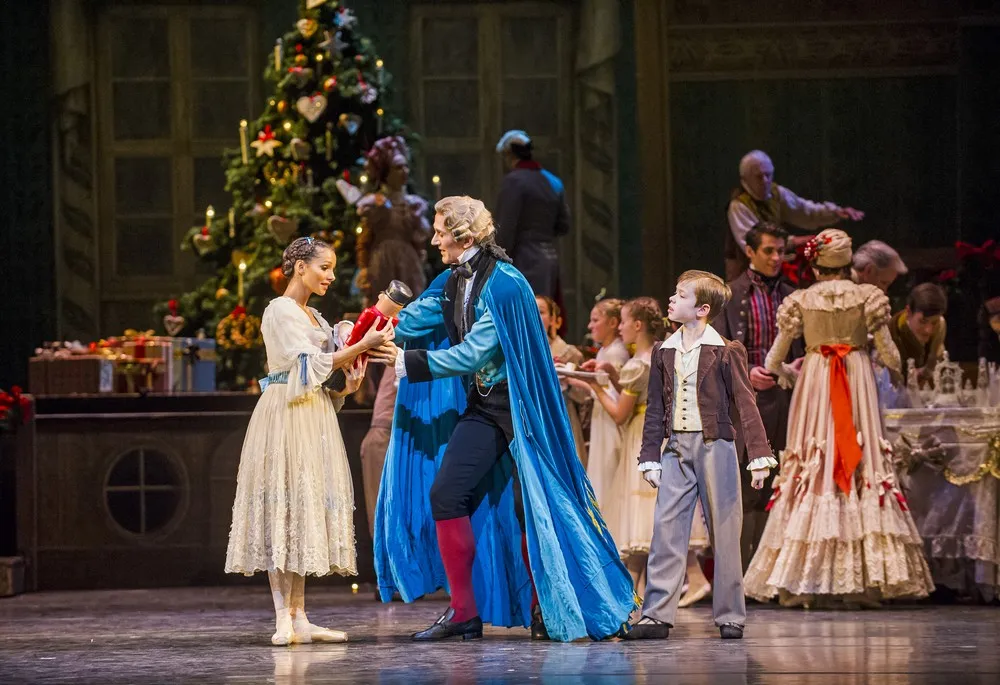




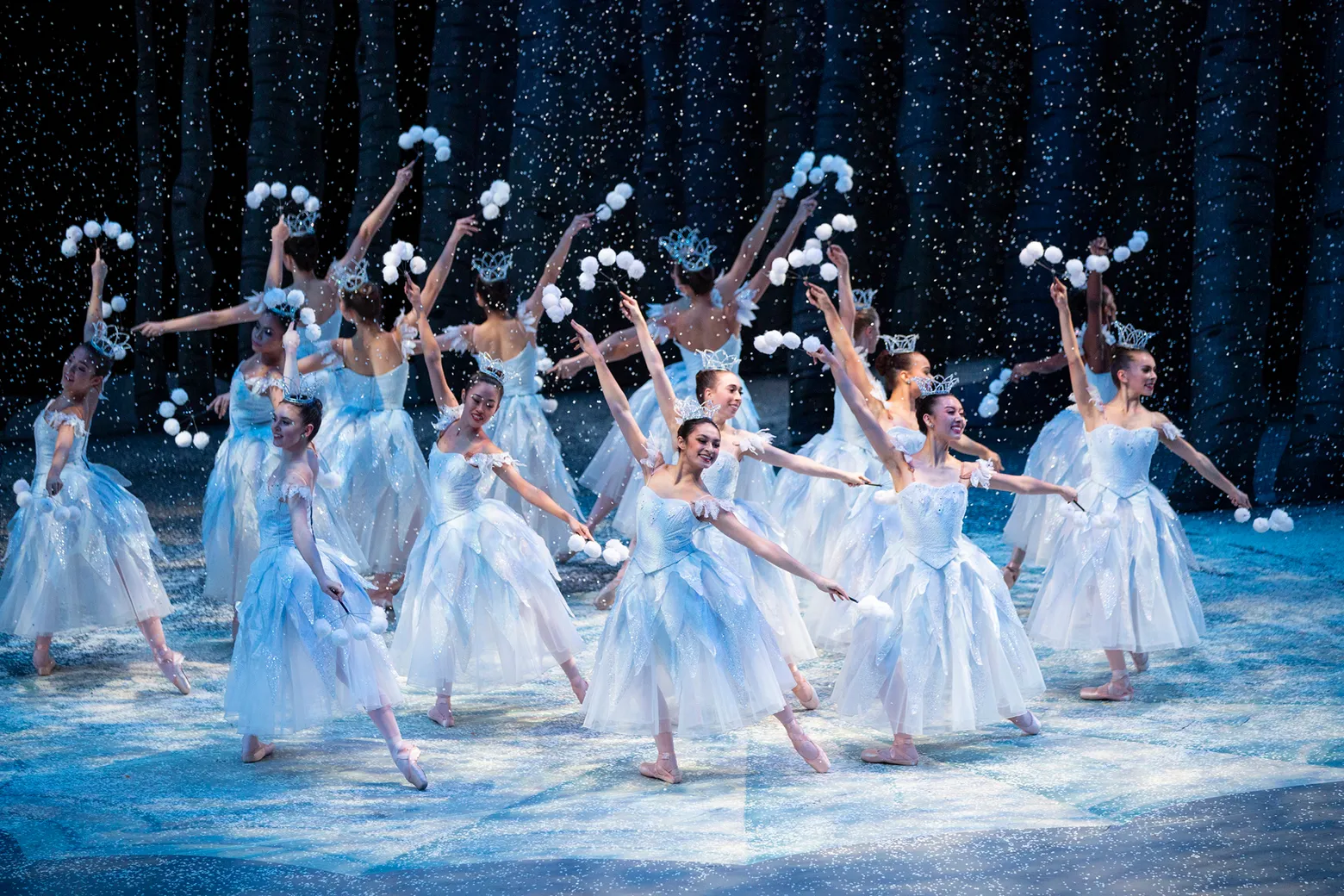
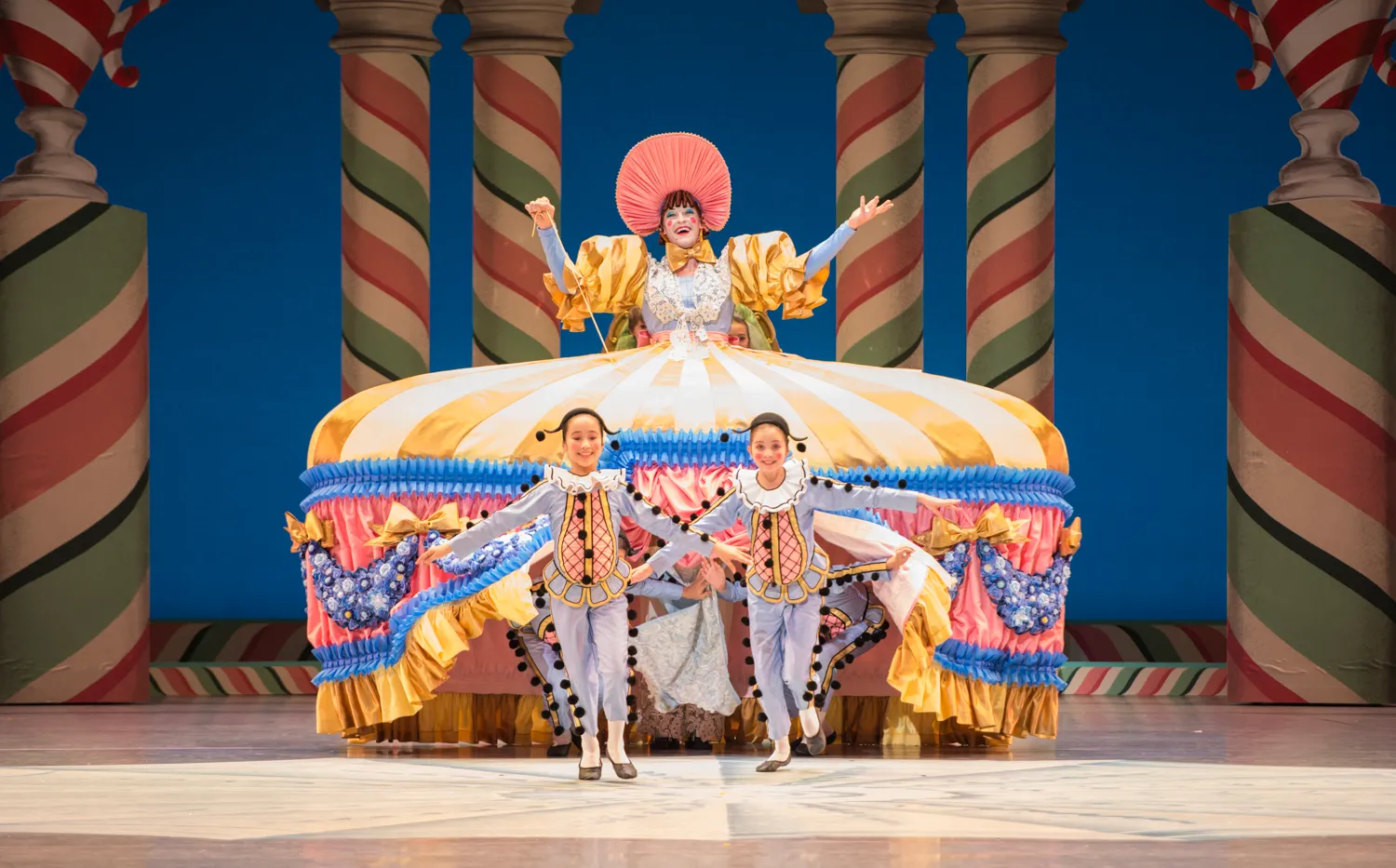
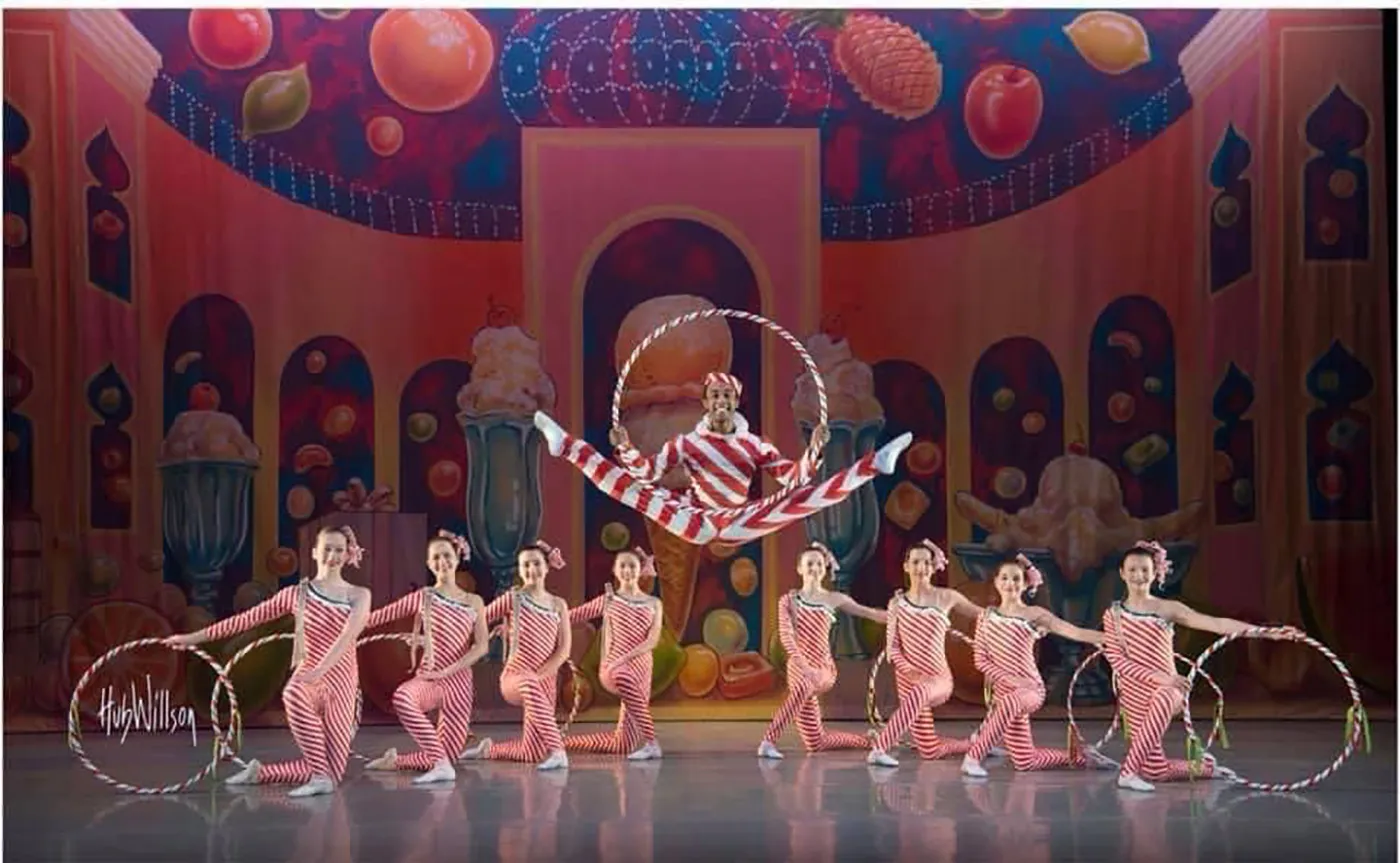
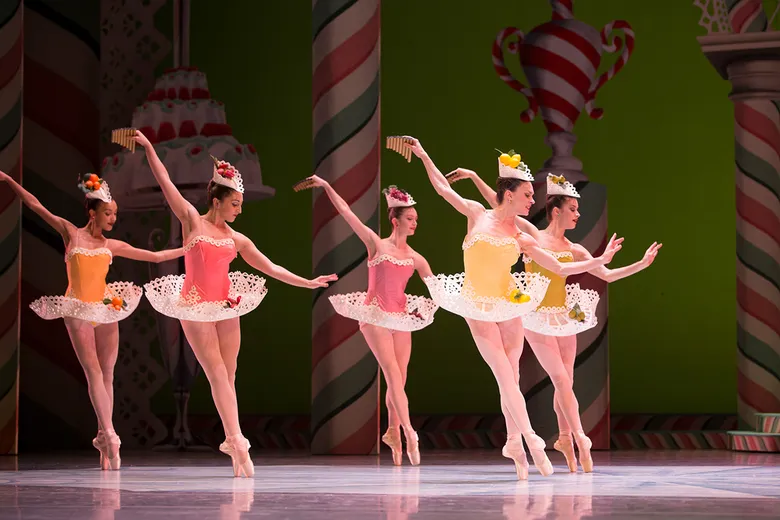



댓글